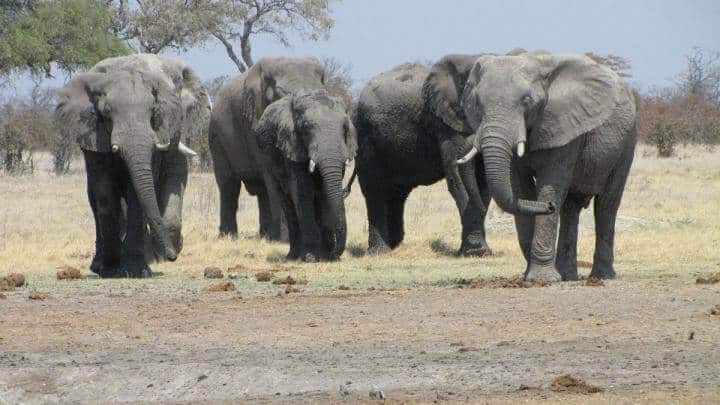Preventing the extinction of gorillas, rhinoceroses, elephants, lions, tigers, wolves, bears and the world’s other largest mammals will require bold political action and financial commitments from nations worldwide. In an article in the journal BioScience, 43 wildlife experts write that without immediate changes, many of the Earth’s most iconic species will be lost.
“The loss of these magnificent animals would be a tremendous tragedy,” said Blaire Van Valkenburgh, a UCLA professor of ecology and evolutionary biology, and one of the article’s co-authors. “They are all that is left of a once much more diverse megafauna that populated the planet only 12,000 years ago. And more importantly, we have only just begun to understand the important roles they play in maintaining healthy ecosystems.”
Among the most serious threats to endangered animals are illegal hunting, deforestation, habitat loss, expansion of livestock and agriculture into wildlife areas, and human population growth, they write.
The scientists, who represent six continents, write that humans have “an abiding moral obligation to protect the Earth’s megafauna,” or large mammals. “We must not go quietly into this impoverished future.”
In addition to their significance to ecosystems, animals such as tigers and elephants attract tourists and their money to parts of the world that have few alternative sources of income, said Van Valkenburgh, who holds the Donald R. Dickey chair in vertebrate biology in the UCLA College.
“This paper is a call for action at all levels, local to global, to halt the rapid decline of the megafauna,” she said.
The paper reports that 59 percent of the largest carnivores and 60 percent of the largest herbivores have been classified as threatened with extinction, and that the situation is especially severe in sub-Saharan Africa and Southeast Asia, where the greatest diversity of extant megafauna live.
William Ripple, the paper’s lead author, a distinguished professor of ecology in the College of Forestry at Oregon State University, said the animals’ declines are occurring rapidly.
“The more I look at the trends facing the world’s largest terrestrial mammals, the more concerned I am we could lose these animals just as science is discovering how important they are to ecosystems and to the services they provide to people,” he said.
The scientists call for comprehensive action, including expanding habitats for the animals and changing conservation policy. The paper notes that some conservation initiatives have been successful and that, if measures are taken now, it may still be possible to rescue these animals from extinction.
If our reporting has informed or inspired you, please consider making a donation. Every contribution, no matter the size, empowers us to continue delivering accurate, engaging, and trustworthy science and medical news. Independent journalism requires time, effort, and resources—your support ensures we can keep uncovering the stories that matter most to you.
Join us in making knowledge accessible and impactful. Thank you for standing with us!

